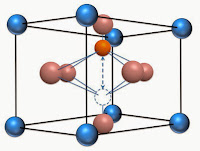Connecting the Unconnected in the IoT
As IoT continues its rapid growth, durable, high-memory tags will be critical for extending connectivity to large market segments not well served by more expensive, active “broadcast” connectivity methods. The tags’ small form factor, low power consumption, and low cost will make it possible to tag a much larger number of “things.” These “edge” things will likely to be the majority of “things” in the IoT.


 What exactly is the 10/90 rule as it applies to the Internet of Things (IoT)? According to Dr. Mazlan Abbas at the
What exactly is the 10/90 rule as it applies to the Internet of Things (IoT)? According to Dr. Mazlan Abbas at the 




